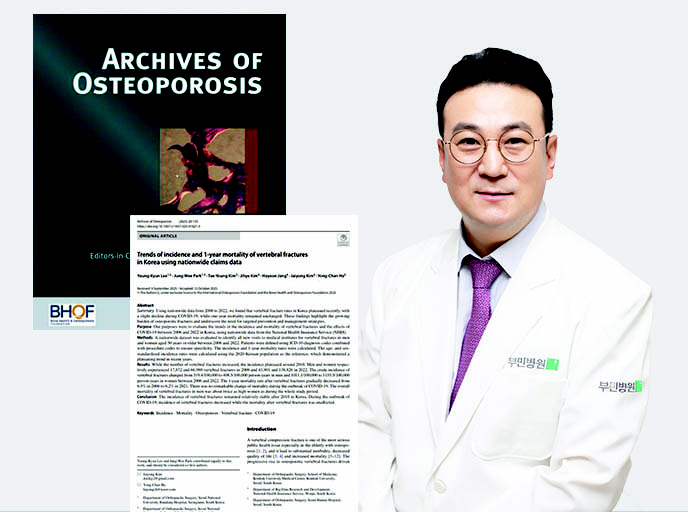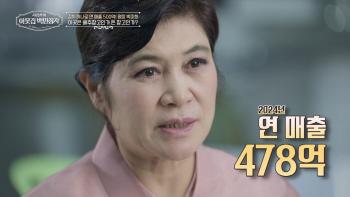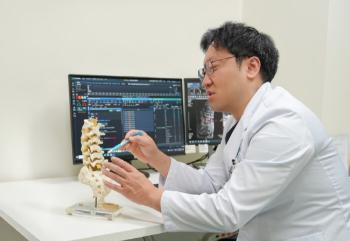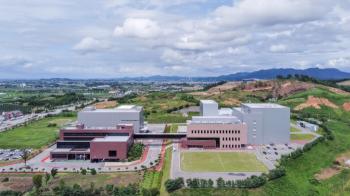Spinal fracture rate over 50 years old, women about 3 times more than men...Within a year, the mortality rate is twice as high in men
Oct 30, 2025
It was published in the recent issue of the medical journal 『Archives of Osteophorosis" as a multi-center joint study involving Seoul Bumin Hospital (Hospital Director Ha Yong-chan), the Korean Society of Osteophorosis』, and the National Health Insurance Corporation.
Ahead of Korea's entry into a super-aged society, the burden of health care for vertebral fractures is continuously increasing. Based on national health insurance data, a joint research team from the Korean Society of Bone Metabolism and the National Health Insurance Corporation analyzed the status of vertebral fractures in adults over the age of 50 from 2006 to 2022, and found that the incidence of vertebral fractures in women is about three times higher than that of men, and the mortality rate within a year after the fracture remains about twice as high in men as women.
According to the main results of this study, ▲The number of vertebral fractures continues to increase due to the aging population ▲The incidence rate has slowed down somewhat since 2010, but remains high ▲The incidence of vertebral fractures in women continues to be three times that of men throughout the entire period ▲The mortality rate for men remains about twice as high as for women ▲The incidence rate decreased somewhat during the COVID-19 epidemic, but the mortality rate remained unchanged.
The joint research team explained that despite the importance of preventing and treating osteoporosis, vertebral fractures still show high incidence and mortality"In particular, active management strategies are needed for women in high-risk groups and men with high mortality rates" he stressed. In addition, as vertebral fractures are directly linked to poor quality of life, limited behavior, and increased risk of death in the elderly, preventive policies for early diagnosis and treatment should be strengthened," he added.
In particular, the researchers predict that socioeconomic burdens caused by vertebral fractures and aftereffects will continue to increase considering the pace of aging and the increase in medical expenses, and suggested that national fall prevention policies, access to osteoporosis treatment, and post-management systems should be established.
Ahead of Korea's entry into a super-aged society, the burden of health care for vertebral fractures is continuously increasing. Based on national health insurance data, a joint research team from the Korean Society of Bone Metabolism and the National Health Insurance Corporation analyzed the status of vertebral fractures in adults over the age of 50 from 2006 to 2022, and found that the incidence of vertebral fractures in women is about three times higher than that of men, and the mortality rate within a year after the fracture remains about twice as high in men as women.
According to the main results of this study, ▲The number of vertebral fractures continues to increase due to the aging population ▲The incidence rate has slowed down somewhat since 2010, but remains high ▲The incidence of vertebral fractures in women continues to be three times that of men throughout the entire period ▲The mortality rate for men remains about twice as high as for women ▲The incidence rate decreased somewhat during the COVID-19 epidemic, but the mortality rate remained unchanged.
The joint research team explained that despite the importance of preventing and treating osteoporosis, vertebral fractures still show high incidence and mortality"In particular, active management strategies are needed for women in high-risk groups and men with high mortality rates" he stressed. In addition, as vertebral fractures are directly linked to poor quality of life, limited behavior, and increased risk of death in the elderly, preventive policies for early diagnosis and treatment should be strengthened," he added.
In particular, the researchers predict that socioeconomic burdens caused by vertebral fractures and aftereffects will continue to increase considering the pace of aging and the increase in medical expenses, and suggested that national fall prevention policies, access to osteoporosis treatment, and post-management systems should be established.
|
This article was translated by Naver AI translator.














